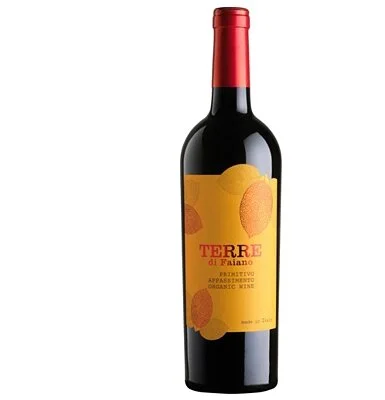By David Williams
Sun 26 Nov ‘17 00.59 EST
Follow David on Twitter @Daveydaibach
Terre di Faiano Organic Primitivo Salento, Puglia, Italy 2016 Context means so much in wine, which is just one of the reasons many people think wine connoisseurship is a bit of a scam. Take for instance the popularity of Italian reds made entirely, or in part, from dried grapes, of which this organic version from the country’s heel is a good example. It has two characteristics that ordinarily I wouldn’t much care for in a red wine: it’s sweet (or rather, with about 13g per litre of sugar, off-dry); and it has, among other things, flavours of raisins, which I’d generally associate with grapes left for too long in excessive heat. And yet, with its deep dark plum and coffee richness, it works, brilliantly, with hunks of tangy hard cheese.
Torre D’Orti Amarone della Valpolicella, Italy 2014 Southern Italy is an increasingly happy hunting ground for wines made using these appassimento techniques. Marks & Sparks has a particularly sumptuous, richly plummy example, Rocca Pagliara Appassimento, Puglia 2015 (£10), which uses grapes that have been dried on the vine for a couple of weeks, rather than harvesting grapes and drying them in crates in drying lofts. The latter is the method used both for the dried-grape portion of the Terre di Faiano and in the most famous Italian dried-grape wine, Amarone, from the other end of the country, in Valpolicella in the Veneto. An unashamedly forceful, alcoholically heady style, good Amarone, such as the sleekly deep Torre D’Orti, is made drinkable by the twist of bitterness suggested by its name.
Allegrini Corte Giara Valpolicella Ripasso, Italy 2015 The alcohol (routinely around 16% abv), not to mention the price, makes it hard to square Amarone with everyday drinking with food. But the style’s truly fine wines from producers such as Quintarelli, Tommasi and Guerrieri Rizzardi make more sense if you they play the role usually reserved for port (albeit with the corvina grape variety’s innate cherry-sourness and bite and that all-important bittersweetness) as a winter digestif to have with the cheeseboard or a slab of dark chocolate. For pairing with meaty ragù or red meat, I prefer a wine made in the ripasso style, such as Allegrini’s superb Corte Giara, where conventional red wine is re-fermented over Amarone skins, giving an extra hit of cherry-chocolate intensity.
Follow David on Twitter @Daveydaibach




